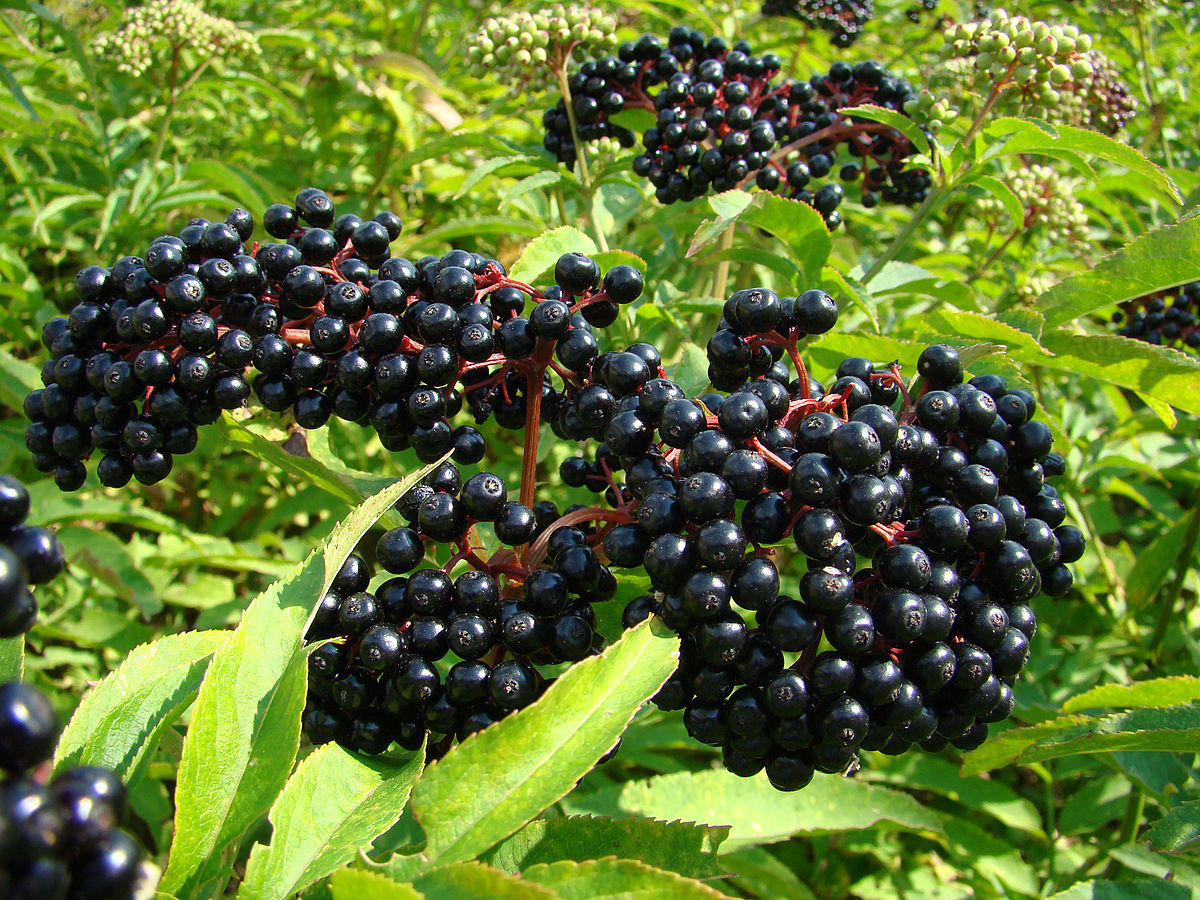
In an unprecedented time of self-quarantine, “social distancing”, mandatory mask wearing and talk of injections in order to stop the spread of a virus, we must consider what is the best way to avoid becoming sick and protecting others from becoming sick.
I think that the best way to avoid getting sick is to have a healthy body and a healthy, optimally functioning immune system. With this post, I am beginning a series which will outline easy tips to help you build your immune system, which is critical in these trying times. A healthy immune system can provide an inhospitable environment to pathogens attempting to enter the body, hopefully rendering dangerous viruses and bacteria “dead on arrival”!
My tip for building a healthy immune system is a simple one:
FIRST Avoid all refined sugars Sugar breaks down the immune system in a matter of hours, damages liver and kidneys, causes mood swings, raises blood sugar levels, accelerates aging and loss of collagen, feeds cancer and hormone issues and can be overall detrimental to the body. We need to avoid this as much as possible.
SECOND, avoid eating processed foods. Processed foods contain unnatural ingredients, preservatives, chemicals and toxins. The body is unable to break down these fake ingredients properly which can cause strain on the liver, kidneys, lymphatic system etc. This makes it more difficult for the immune system to properly function.
So regarding particular items, I’m talking mainly about:
White sugars, products made with high fructose corn syrup, refined white flours, most pre-packaged foods, and of course just about all commercial fast foods and most of all Soda, Diet Sodas and Sugary/Artificially Sweetened Beverages

So does that mean we should never eat sweets again or have a few chips and a tasty burger every once in a while? No not necessarily. I think it’s ok to have a treat every once in a while,
BUT SERIOUSLY, ONLY EVERY ONCE IN A WHILE,
especially in a time when we are really trying to avoid getting sick. This is such simple idea, yet for many of us, can be a difficult one. Don’t get me wrong, I’m not judging either, because I’m one of those who really likes sweets!

So let’s figure out some easy ways to replace those bad bad sugars and processed foods with some healthier alternatives: You can start transitioning towards healthier treats made with healthy sweeteners, more fresh foods and some homemade fun foods! For sweeteners, try raw honey, real stevia (not the tru stuff), coconut sugar, whole rapadura sugar.
Try more
Fresh fruit,
Veggies with hummus,
Sourdough crackers,
Healthy nuts and seeds
More fruit,
And more veggies lol!
Lots of healthy refreshing beverages and teas
And for the every once in a while sweet treat, how about:
Some dark chocolate,
Coconut flour chocolate chip cookies,
Almond flour peanut butter cookies made with coconut sugar
Sourdough discard brownies,
Organic kale chips
What have you been doing these days to replace sugar and processed foods?





























































